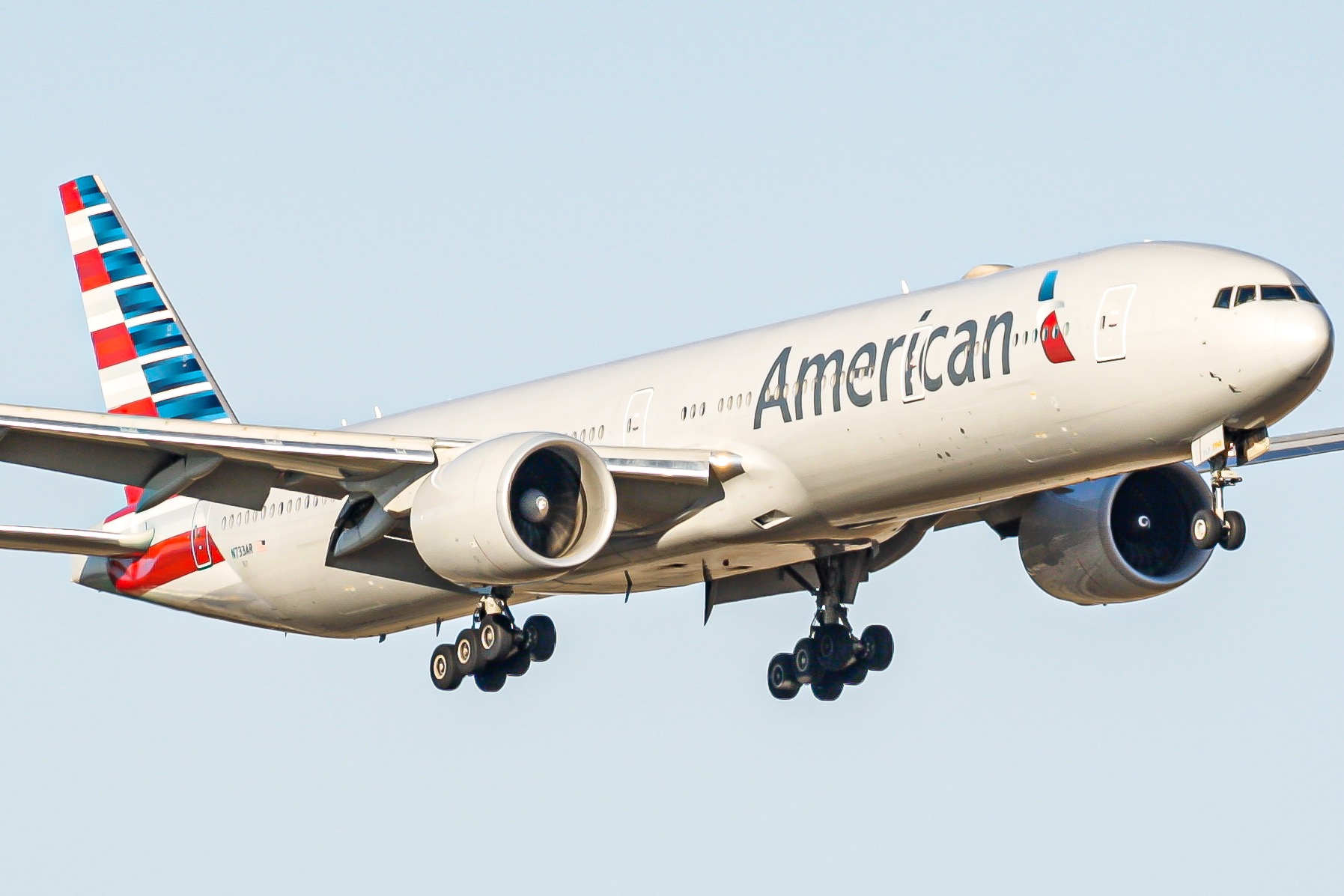
Aviation photography captures the magic of flight, blending the technical prowess of aircraft with the artistry of photography. Ever wondered what makes this niche so captivating? Aviation photographers often face unique challenges, from dealing with fast-moving subjects to navigating restricted areas. They need a keen eye, quick reflexes, and a deep understanding of both aviation and photography. Whether you're an aviation enthusiast or a budding photographer, diving into this world offers a thrilling experience. Imagine standing on a tarmac, camera in hand, as a jet roars overhead. Ready to learn more? Here are 13 fascinating facts about aviation photography that will take your breath away.
Key Takeaways:
- Aviation photography captures the beauty and power of aircraft, requiring skill and patience. It originated in World War I and continues to evolve with modern technology and famous photographers making significant contributions.
- To capture stunning aviation photos, photographers need essential gear like telephoto lenses, high-speed cameras, and stability tools. Techniques like panning and shooting during the golden hour are crucial for success.
What is Aviation Photography?
Aviation photography captures the beauty, power, and grace of aircraft. It’s a specialized field that requires skill, patience, and a deep love for aviation. Here are some fascinating facts about this unique form of photography.
-
Origins in War: Aviation photography began during World War I. Pilots used cameras to gather intelligence and document battles from the sky.
-
Spotting Locations: Popular spots for aviation photographers include airports, airshows, and military bases. Each location offers unique opportunities to capture different types of aircraft.
-
Types of Shots: Common types of aviation photos include static shots, air-to-air, and ground-to-air. Each type requires different techniques and equipment.
Essential Gear for Aviation Photography
To capture stunning images of aircraft, photographers need the right gear. Here’s what’s essential for aviation photography.
-
Telephoto Lenses: A telephoto lens is crucial for capturing aircraft in flight. These lenses allow photographers to zoom in on distant subjects without losing image quality.
-
High-Speed Cameras: Fast shutter speeds are necessary to freeze the motion of flying aircraft. Cameras with high-speed capabilities are a must-have.
-
Tripods and Monopods: Stability is key in aviation photography. Tripods and monopods help keep the camera steady, especially when using heavy lenses.
Techniques and Tips for Aviation Photography
Mastering aviation photography involves learning specific techniques and tips. Here are some to get you started.
-
Panning: Panning involves moving the camera along with the aircraft to keep it in focus while blurring the background. This technique creates a sense of motion.
-
Golden Hour: The best time for aviation photography is during the golden hour, just after sunrise or before sunset. The soft light enhances the aircraft’s details and colors.
-
Weather Conditions: Weather plays a significant role in aviation photography. Clear skies are ideal, but dramatic weather can add a unique element to photos.
Famous Aviation Photographers
Several photographers have made significant contributions to the field of aviation photography. Here are a few notable names.
-
Philip Makanna: Known for his stunning images of vintage aircraft, Makanna’s work has been featured in numerous publications and exhibitions.
-
John Dibbs: Dibbs is famous for his air-to-air photography. His images capture the beauty and power of aircraft in flight.
-
Jessica Ambats: Ambats specializes in air-to-air photography and is known for her breathtaking images of aircraft against stunning backdrops.
Aviation Photography in Modern Times
Aviation photography continues to evolve with advancements in technology and changes in the aviation industry. Here’s what’s happening today.
- Drone Photography: Drones have revolutionized aviation photography. They allow photographers to capture unique angles and perspectives that were previously impossible.
The Final Approach
Aviation photography is more than just snapping pictures of planes. It’s about capturing the thrill of flight, the beauty of aircraft, and the skill of pilots. From understanding the best times for shooting to knowing the right equipment, every detail matters. Lighting, angles, and backgrounds can make or break a shot. Patience and practice are key. Whether you’re at an airshow or a busy airport, always be ready for that perfect moment. Remember, safety first—never compromise your well-being for a shot. With these tips, you’re well on your way to capturing stunning aviation photos. Keep experimenting, stay curious, and most importantly, enjoy the process. Happy shooting!
Frequently Asked Questions
Was this page helpful?
Our commitment to delivering trustworthy and engaging content is at the heart of what we do. Each fact on our site is contributed by real users like you, bringing a wealth of diverse insights and information. To ensure the highest standards of accuracy and reliability, our dedicated editors meticulously review each submission. This process guarantees that the facts we share are not only fascinating but also credible. Trust in our commitment to quality and authenticity as you explore and learn with us.


